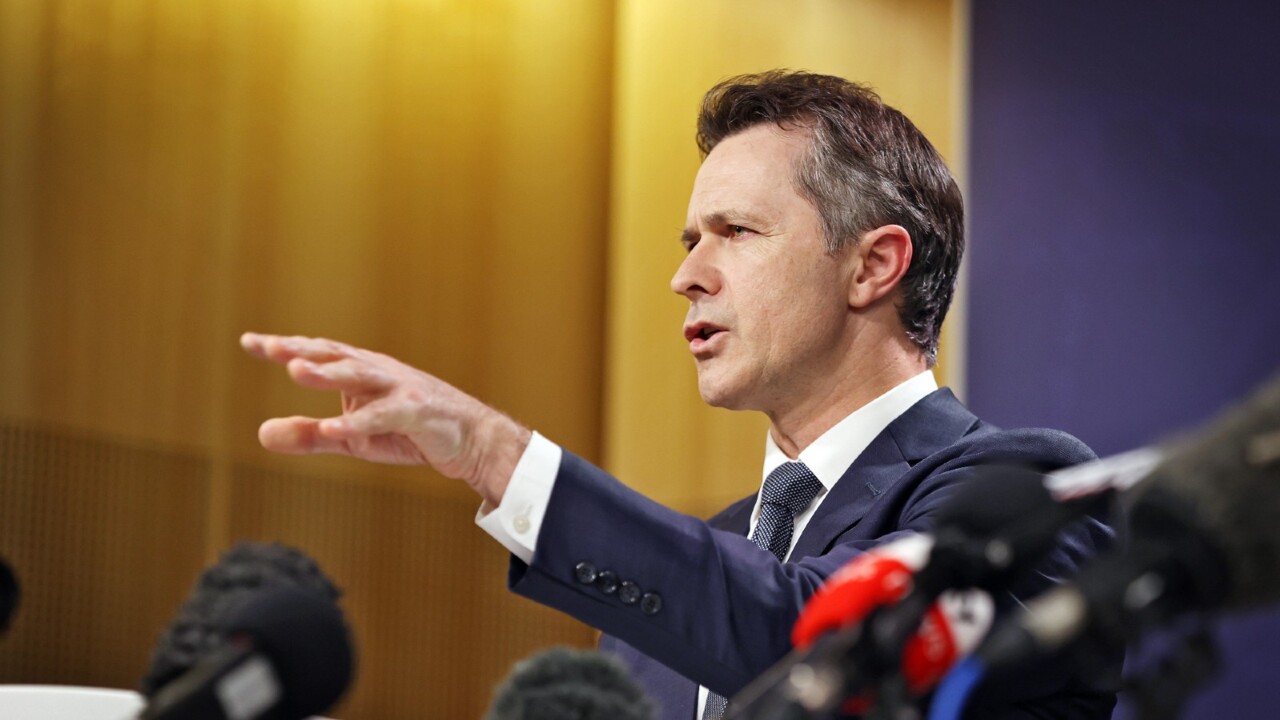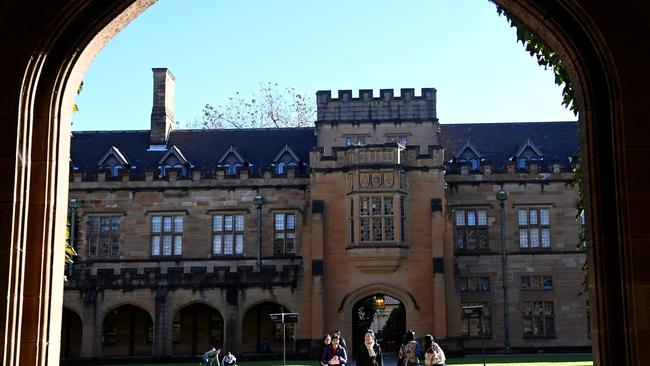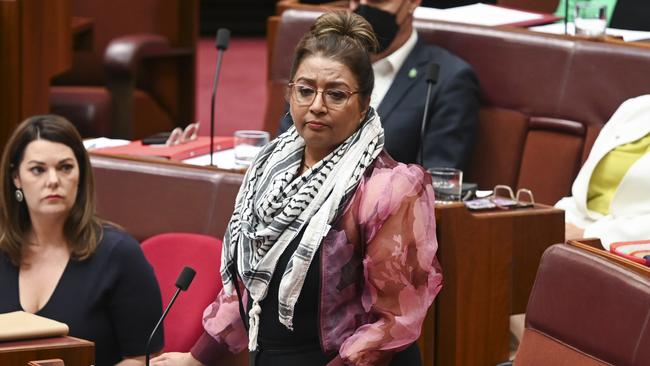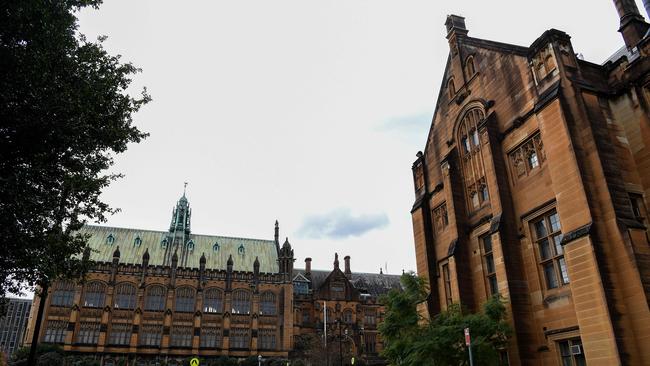Electorates where HECS indexation will be hardest felt revealed in new analysis
New analysis has revealed where Australians will feel the deepest brunt when student debt indexation comes into effect this Saturday.

Money
Don't miss out on the headlines from Money. Followed categories will be added to My News.
Graduates in Anthony Albanese’s inner-western Sydney electorate have some of the highest student debts in the country, but a Greens-held seat has topped the charts, new analysis has revealed ahead of annual indexation taking effect this weekend.
Data from the Parliamentary Library, commissioned by the Greens, shows the average student debt in Grayndler is $32,135, which is set to be hit with a $1285 increase in line with the 4.7 per cent indexation rate that comes into effect on Saturday.
The electorate is close to two of the country’s biggest universities – the University of Sydney and University of Technology Sydney – and it’s estimated almost 25,000 graduates in the seat have amassed more than $800m in debt between them.
The Greens, who have been calling for the government to wipe student debt and make university and TAFE free, said the Prime Minister was “shackling his constituents with obscene, out-of-control debts”.

But according to the same research the party commissioned, Greens leader Adam Bandt’s own electorate of Melbourne has the highest average debt in the country at $34,475, set to be slugged with a $1620 debt increase.
The 38,115 people with student debt have a cumulative balance of more than $1.3bn.
The data also shows student debts are significantly higher than the national average debt of $26,494 in the seats of Sydney, Higgins, Wills and Macnamarra – all seats the Greens are focusing on ahead of the next election.

Despite incoming changes to the way indexation is calculated, to avoid repeating the mammoth 7.1 per cent hit to debts last year, Greens education spokeswoman Mehreen Faruqi said the government had “abandoned students”.
“Labor’s bandaid plan for the student debt crisis still means student debts rising by 11.5 per cent in their first term of government. That’s not a solution, that’s a disaster for people already crushed by a housing and cost-of-living crisis,” Senator Faruqi said.
“It’s outrageous that the Prime Minister, a beneficiary of free university, is punishing people across the country and especially in his electorate, with yet another punitive student debt increase on June 1.
“Labor has abandoned students and students should abandon them. The Greens are the only party fighting to wipe student debt and make uni and TAFE free.”

The federal government this month announced it would cut about $3bn in student debts and reverse last year’s horror 7.1 per cent indexation hike to save the average graduate about $1200.
The measure will ensure student debts don’t outpace wage growth in the future, by tying the indexation rate to whichever is lower of the consumer price index or wage price index.
Until now, debts have been indexed to the CPI, while the WPI has been significantly lower – but is expected to overtake the CPI by 2025.
If those rules had applied in 2023, student debts would have been indexed at 3.2 per cent, rather than 7.1 per cent.
The change, which requires legislation, will be retrospective and backdate to June 1, 2023, effectively neutralising last year’s rate.
“This will wipe out what happened last year and make sure it never happens again,” Education Minister Jason Clare said at the time.
Originally published as Electorates where HECS indexation will be hardest felt revealed in new analysis




